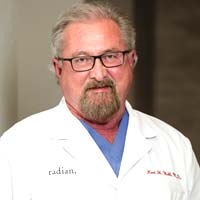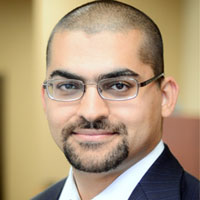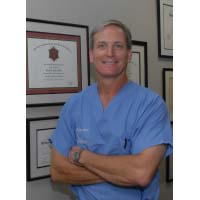Key Advance in Robotic Hair Transplants Presented by Dr. Robert Bernstein at 2016 ARTAS Users Meeting
Dr. Robert M. Bernstein, a pioneer of robot-assisted hair transplantation, presented results of a study on a major new advance in robotic follicular unit harvesting, a key step in the surgical procedure, at the 2016 ARTAS User Group Meeting in Dana Point, CA. He reported that the new robotic technique resulted in a clinical benefit of up to 15% more hairs per harvest attempt and 11.4% more hairs per graft than with the current iteration of the ARTAS® Robotic Hair Transplant System.
The improvement in graft harvesting should result in better aesthetic outcomes for patients, and this will have wide implications around the world as robotic hair transplant procedures are booming in popularity. Dr. Bernstein presented the findings to a “who’s who” group in the new field of robotic hair restoration surgery at their annual meeting held on February 20th, 2016.
When asked about the significance of advanced robotic harvesting, Dr. Bernstein said:
“Through the hard work and ingenuity that went into developing the robot’s new graft selection capability, we have moved this new ARTAS application from the ‘proof of concept’ phase into an enabling technology that improves patient care.”
In robotic follicular unit extraction (Robotic FUE) hair transplants, the surgeon seeks to harvest as much hair as possible through the fewest number of donor sites. By maximizing the hair-to-donor wound ratio, they can maximize the cosmetic benefit of the procedure. The ARTAS robot’s new advanced graft selection capability uses its updated computer algorithm to determine which of the hundreds of follicular units -- naturally-occurring groupings of one to four hair follicles -- to harvest. By programming the computer to select only the larger follicular units (i.e., ones containing two or more hairs), the robot can automatically maximize the hair-to-wound ratio. The result is more hairs harvested with fewer post-transplant scars and an improved cosmetic outcome for the patient. Previously, the robot randomly selected follicular units to harvest.
To demonstrate the benefit of advanced automated graft selection, Dr. Bernstein presented findings of a randomized, bilaterally-controlled study performed on robotic FUE patients at Bernstein Medical – Center for Hair Restoration. The robot was programmed to select follicular units of two or more hairs in a first pass, and then all follicular units in a second pass. The control for the experiment was an area, on the contra-lateral side, that was harvested with the graft selection capability disabled. The first pass yielded 15% more hairs per harvest attempt and 11.4% more hairs per graft compared to the control. The second pass yielded 12.3% more hairs per harvest attempt and 6.4% more hairs per graft. These findings suggest that there is a significant clinical benefit in using the advanced graft selection capability when compared to random selection of follicular units.
Robotic Hair Transplants at Bernstein Medical – Center for Hair Restoration
Bernstein Medical – Center for Hair Restoration was among the first hair restoration facilities in the world to use the ARTAS system to perform Follicular Unit Extraction (FUE), a procedure pioneered by Dr. Bernstein. Bernstein Medical is a beta-test site for this innovative technology. Bernstein Medical physicians have introduced many new applications to the robotic system, including: robotic recipient site creation, advanced graft harvesting, custom punch sizes, and a “long-hair” harvesting technique. Every FUE procedure at Bernstein Medical uses the ARTAS Robot. Dr. Bernstein is a medical advisor to Restoration Robotics, Inc., the company that developed and manufactures the ARTAS system.
For the original version on PRWeb visit: Click here
Hairfear - 03-31-2016







